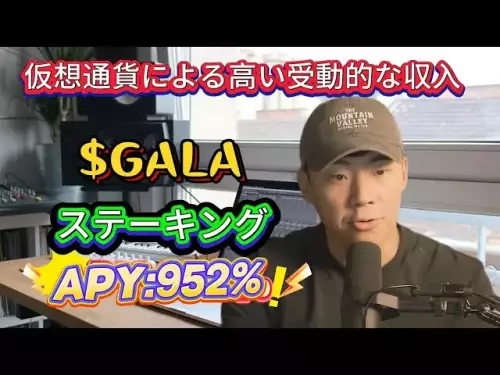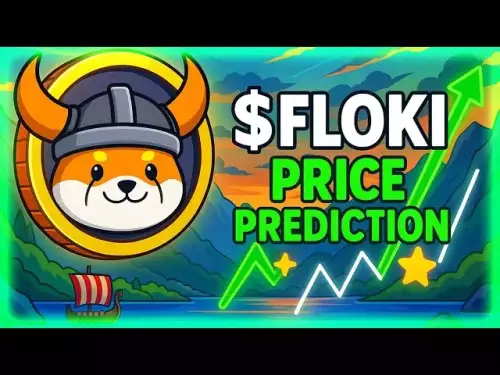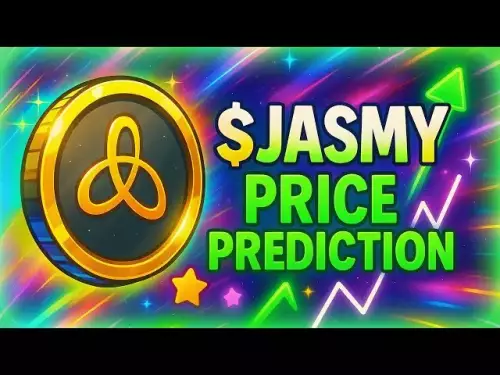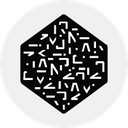-
 Bitcoin
Bitcoin $113000
1.92% -
 Ethereum
Ethereum $4590
-0.06% -
 XRP
XRP $3.001
-0.31% -
 Tether USDt
Tether USDt $1.001
0.06% -
 BNB
BNB $866.8
1.01% -
 Solana
Solana $212.1
3.96% -
 USDC
USDC $1.000
0.07% -
 Dogecoin
Dogecoin $0.2231
1.15% -
 TRON
TRON $0.3488
-0.10% -
 Cardano
Cardano $0.8669
0.50% -
 Chainlink
Chainlink $23.72
-2.78% -
 Hyperliquid
Hyperliquid $47.93
-1.82% -
 Ethena USDe
Ethena USDe $1.001
0.05% -
 Sui
Sui $3.485
1.47% -
 Stellar
Stellar $0.3814
-1.18% -
 Cronos
Cronos $0.3506
57.05% -
 Bitcoin Cash
Bitcoin Cash $556.5
0.74% -
 Avalanche
Avalanche $24.57
0.25% -
 Hedera
Hedera $0.2389
-0.65% -
 UNUS SED LEO
UNUS SED LEO $9.544
0.17% -
 Litecoin
Litecoin $113.5
0.65% -
 Toncoin
Toncoin $3.164
-0.53% -
 Shiba Inu
Shiba Inu $0.00001257
0.60% -
 Polkadot
Polkadot $3.942
1.82% -
 Uniswap
Uniswap $10.00
0.72% -
 Dai
Dai $1.000
0.06% -
 Bitget Token
Bitget Token $4.585
-1.18% -
 Monero
Monero $275.0
0.86% -
 Aave
Aave $319.7
-2.63% -
 Pepe
Pepe $0.00001011
-0.83%
What is an edition NFT?
An edition NFT allows multiple identical copies of a digital asset to be minted, each with unique ownership verification and a set edition number like "1/50".
Aug 13, 2025 at 11:36 am
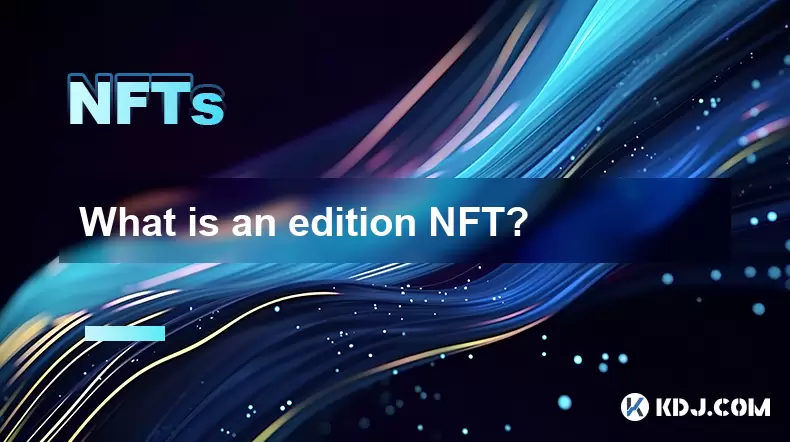
Understanding the Concept of an Edition NFT
An edition NFT refers to a type of non-fungible token that exists in multiple identical or limited copies, as opposed to a one-of-a-kind NFT. While traditional NFTs are unique and have only one verified owner at a time, edition NFTs allow creators to mint a predetermined number of identical tokens from the same digital asset. Each copy in the edition retains its individual blockchain verification, meaning every token is traceable and verifiably distinct in ownership, even if the underlying artwork or content is the same.
These editions are typically labeled with numbers, such as “1/50” or “25/100,” indicating the specific copy and the total number of copies available. This structure enables broader accessibility, as collectors who may not afford a singular, high-value NFT can still own a piece of the artist’s work. The smart contract governing the edition NFT defines the maximum supply, ensuring no additional copies can be created beyond the stated limit.
Differentiating Between Single NFTs and Edition NFTs
A standard NFT is often a one-of-a-kind digital asset, representing singular ownership of a specific piece of content. In contrast, an edition NFT introduces scarcity through quantity rather than uniqueness of content. For example, a digital painting released as a single NFT would have only one owner, while the same artwork released as a 100-edition NFT means 100 different people can each own a verified copy.
The metadata for each edition NFT includes information such as the edition number, total supply, and creator signature, all stored on-chain. This transparency ensures authenticity and prevents unauthorized replication. Marketplaces like OpenSea and Foundation support edition drops, allowing creators to specify the edition size during the minting process. Collectors can verify the edition details directly on the blockchain using tools like Etherscan or the marketplace’s interface.
How to Create an Edition NFT: Step-by-Step Process
Creating an edition NFT involves several technical and strategic steps. Artists or developers must prepare both the digital asset and the smart contract infrastructure. Below is a detailed walkthrough:
- Upload the digital file (image, video, audio, etc.) to a decentralized storage platform like IPFS to ensure permanence and prevent link rot.
- Choose an NFT marketplace or development platform that supports limited edition minting, such as Manifold, Zora, or Mintable.
- Configure the minting settings, specifying the total number of editions and whether the drop will be public or allowlist-based.
- Set royalty percentages for secondary sales, ensuring the creator earns a percentage each time any edition is resold.
- Deploy the smart contract, which will generate each token with a unique token ID but identical metadata for the asset.
- Announce the drop to your community and monitor the minting activity through blockchain explorers.
Each step must be executed with precision to maintain security and integrity. Using platforms with built-in edition support reduces the risk of errors in contract logic.
Buying and Trading Edition NFTs
Purchasing an edition NFT follows a similar process to buying any NFT, but buyers must pay close attention to the edition number and rarity tier if applicable. Some creators release variant editions, where certain numbers (e.g., #1 or #100) are considered more desirable. Others may include hidden traits or unlockable content in specific copies.
To buy an edition NFT:
- Connect your crypto wallet (e.g., MetaMask) to a supported marketplace.
- Navigate to the collection and view the available editions.
- Check the on-chain metadata to confirm the edition size and current ownership.
- Place a bid or buy directly if the sale is active.
- After purchase, the NFT appears in your wallet under the collectibles tab.
When trading edition NFTs on secondary markets, pricing is influenced by factors like edition scarcity, creator reputation, and collectibility trends. Automated marketplaces use algorithms to suggest prices based on recent sales of similar editions.
Rarity and Value Dynamics in Edition NFTs
Although all copies in an edition series share the same base asset, perceived value can vary significantly. Early numbers (e.g., #1 or #0) often command higher prices due to collector psychology. Some projects implement dynamic metadata or unlockable content tied to specific edition numbers, creating artificial rarity within the set.
For example, a music NFT released in 50 editions might include a bonus track accessible only to owners of editions #1–5. This introduces tiered value within the same drop. Additionally, historical significance—such as being part of the first minted batch—can elevate an edition’s desirability.
Marketplaces display sales history for each edition, enabling price discovery. Tools like Blur or Rarity.tools analyze ownership patterns and transaction volumes to help traders assess relative value. However, value remains subjective and heavily influenced by community sentiment and provenance.
Security and Authenticity Verification
Ensuring the legitimacy of an edition NFT requires on-chain verification. Buyers should:
- Examine the smart contract address and confirm it matches the official project contract.
- Review the token standard (e.g., ERC-721 or ERC-1155) to understand ownership and transfer rules.
- Use blockchain explorers to validate the total supply and check if the edition cap has been enforced.
- Confirm that the creator’s wallet address is verified on the marketplace.
Phishing attacks and counterfeit editions are common. Always avoid clicking unsolicited links and double-check URLs. Authentic edition NFTs will have immutable records of creation and ownership history.
Frequently Asked Questions
Can an edition NFT be upgraded to a unique NFT? No. An edition NFT cannot be inherently upgraded to a one-of-a-kind NFT. The token’s properties are fixed at minting. However, creators may launch a separate redemption program where holders can exchange multiple edition tokens for a unique piece, but this requires a new smart contract and explicit rules.Do all copies in an edition NFT have the same resale value?Not necessarily. While the base asset is identical, factors like edition number, ownership history, and market demand influence resale price. Lower numbers or those owned by notable collectors may sell for premiums.
Is it possible to increase the edition size after minting?Only if the original smart contract allows it. Most legitimate edition NFTs use immutable contracts that lock the supply. If the contract permits future minting, it should be clearly disclosed, but this risks devaluing existing copies.
Can edition NFTs be fractionalized?Yes. Using platforms like Fractional.art, owners can tokenize their edition NFT into smaller shares, allowing multiple investors to co-own a single copy. This does not change the edition count but enables shared ownership of one token.
Disclaimer:info@kdj.com
The information provided is not trading advice. kdj.com does not assume any responsibility for any investments made based on the information provided in this article. Cryptocurrencies are highly volatile and it is highly recommended that you invest with caution after thorough research!
If you believe that the content used on this website infringes your copyright, please contact us immediately (info@kdj.com) and we will delete it promptly.
- South Korean Lawmakers Go Crypto: Bitcoin, XRP, and the Future of Finance
- 2025-08-28 17:10:13
- Magna Partners with SecondSwap: Unlocking Liquidity for Locked Tokens
- 2025-08-28 17:10:13
- Ether ETFs Surge: Bitcoin Takes a Backseat as Inflows Explode
- 2025-08-28 15:25:22
- XRP, Regulatory Clarity, and Cloud Mining: A New Era for Crypto Investing
- 2025-08-28 15:45:19
- BNB Staking, Crypto Yield, and Institutional Adoption: A New Era
- 2025-08-28 15:25:22
- AI, Cross-Chain Arbitrage, and Returns: Is LYNO AI the Future?
- 2025-08-28 14:45:19
Related knowledge
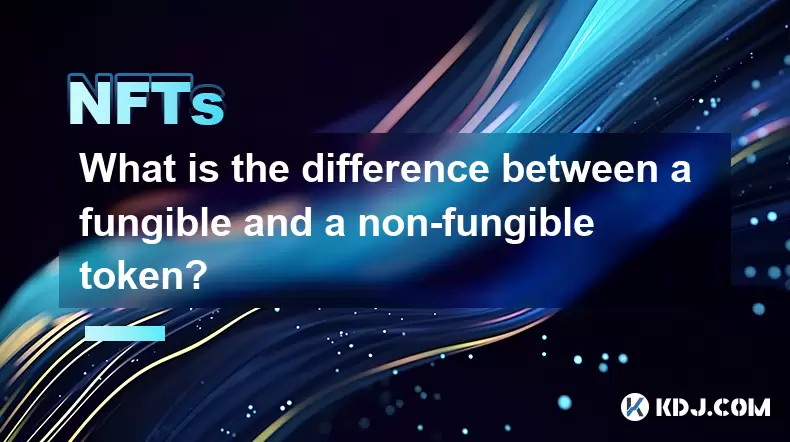
What is the difference between a fungible and a non-fungible token?
Aug 11,2025 at 12:07pm
Understanding Fungibility in Digital AssetsThe concept of fungibility is foundational to understanding both fungible and non-fungible tokens (NFTs) in...
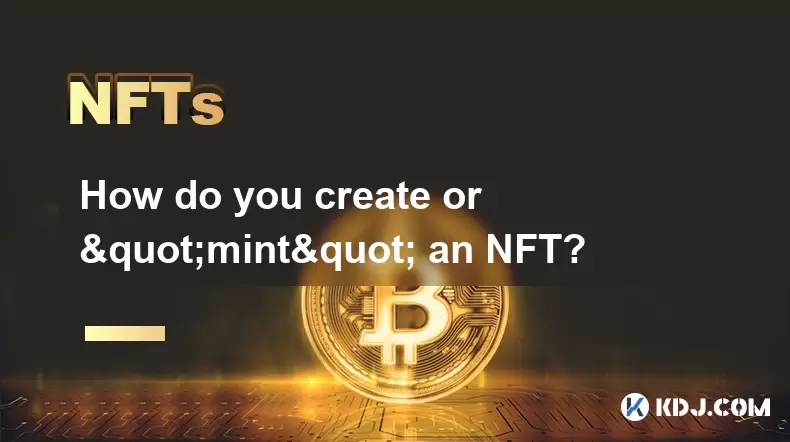
How do you create or "mint" an NFT?
Aug 09,2025 at 08:56pm
Understanding What an NFT Is Before MintingBefore diving into the process of creating an NFT, it's essential to understand what an NFT actually is. An...
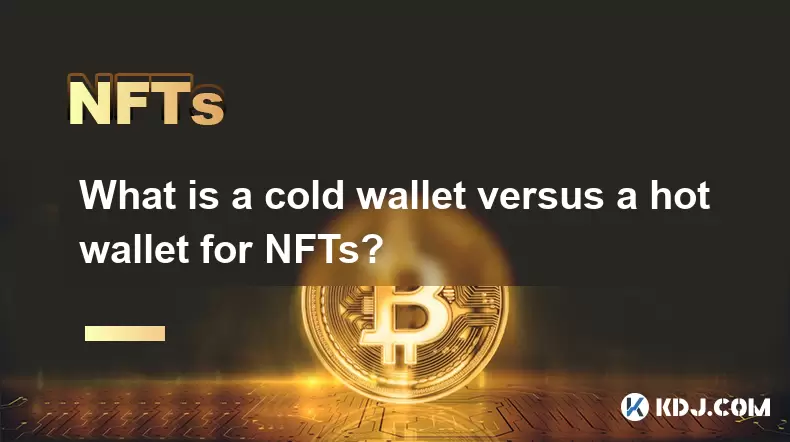
What is a cold wallet versus a hot wallet for NFTs?
Aug 10,2025 at 10:49pm
Understanding Cold Wallets and Hot Wallets in the NFT EcosystemIn the world of NFTs (Non-Fungible Tokens), digital ownership and security are paramoun...

How do I protect my NFTs from being stolen?
Aug 11,2025 at 06:28pm
Understanding the Risks to NFT OwnershipNFTs, or non-fungible tokens, represent unique digital assets secured on blockchain networks. Despite their cr...
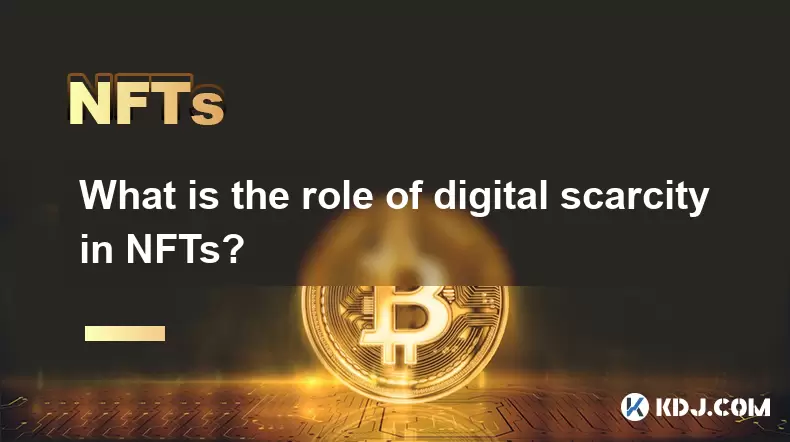
What is the role of digital scarcity in NFTs?
Aug 11,2025 at 11:36pm
Understanding Digital Scarcity in the Context of NFTsDigital scarcity refers to the deliberate limitation of digital assets to create value through ra...
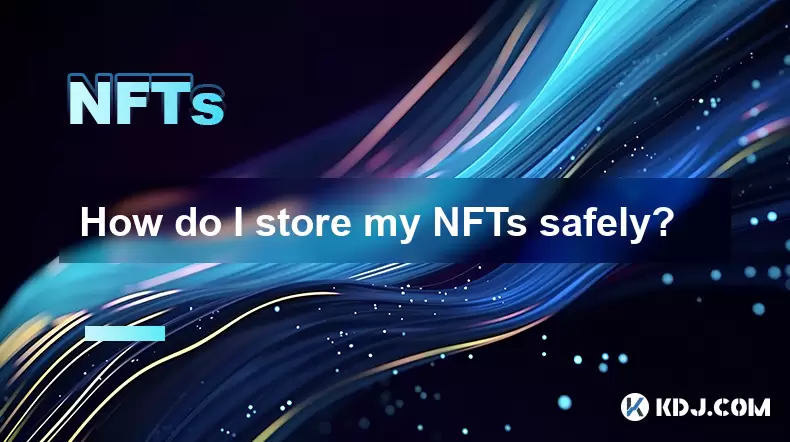
How do I store my NFTs safely?
Aug 13,2025 at 11:36am
Understanding the Nature of NFT OwnershipWhen you purchase an NFT (Non-Fungible Token), you are not storing a file like a photo or video directly on y...

What is the difference between a fungible and a non-fungible token?
Aug 11,2025 at 12:07pm
Understanding Fungibility in Digital AssetsThe concept of fungibility is foundational to understanding both fungible and non-fungible tokens (NFTs) in...

How do you create or "mint" an NFT?
Aug 09,2025 at 08:56pm
Understanding What an NFT Is Before MintingBefore diving into the process of creating an NFT, it's essential to understand what an NFT actually is. An...

What is a cold wallet versus a hot wallet for NFTs?
Aug 10,2025 at 10:49pm
Understanding Cold Wallets and Hot Wallets in the NFT EcosystemIn the world of NFTs (Non-Fungible Tokens), digital ownership and security are paramoun...

How do I protect my NFTs from being stolen?
Aug 11,2025 at 06:28pm
Understanding the Risks to NFT OwnershipNFTs, or non-fungible tokens, represent unique digital assets secured on blockchain networks. Despite their cr...

What is the role of digital scarcity in NFTs?
Aug 11,2025 at 11:36pm
Understanding Digital Scarcity in the Context of NFTsDigital scarcity refers to the deliberate limitation of digital assets to create value through ra...

How do I store my NFTs safely?
Aug 13,2025 at 11:36am
Understanding the Nature of NFT OwnershipWhen you purchase an NFT (Non-Fungible Token), you are not storing a file like a photo or video directly on y...
See all articles





















